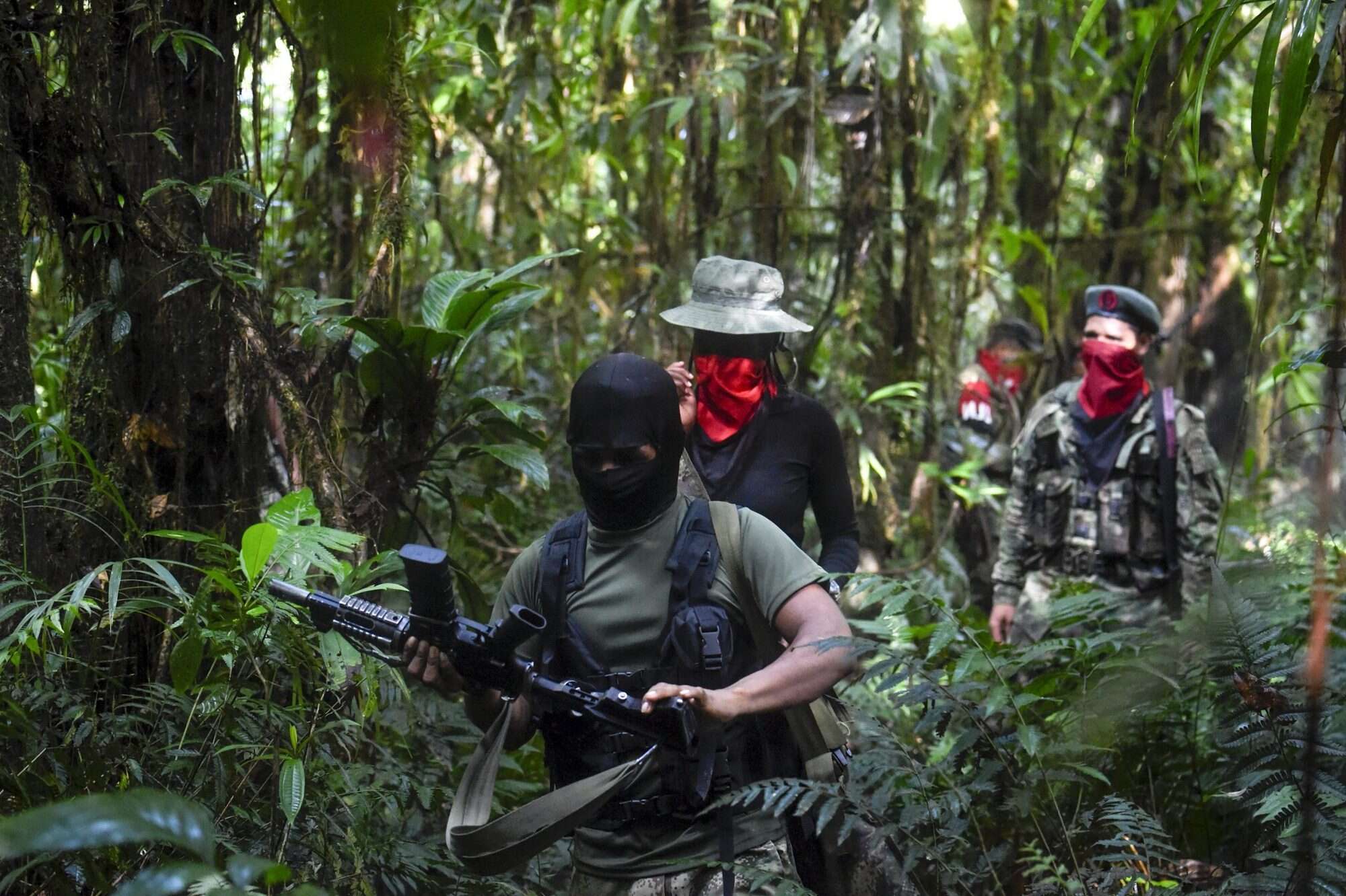
What was the Catatumbo Campaign? The Catatumbo Campaign was a significant military operation during the Venezuelan War of Independence. This campaign, led by Simón Bolívar, aimed to liberate the region around Lake Maracaibo from Spanish control. The campaign's name comes from the Catatumbo River, which flows into Lake Maracaibo. Bolívar's forces faced harsh terrain, tropical diseases, and fierce resistance from Spanish troops. Despite these challenges, the campaign was crucial in weakening Spanish power in Venezuela. The success of the Catatumbo Campaign paved the way for further victories in the struggle for independence, making it a pivotal moment in Latin American history.
Key Takeaways:
- The Catatumbo Campaign was a crucial part of Venezuela's fight for independence, led by General Rafael Urdaneta and marked by key battles like Carabobo and Maracaibo.
- The campaign weakened Spanish control, boosted morale, and showcased guerrilla tactics, leaving a lasting legacy in Venezuelan history and culture.
The Catatumbo Campaign: A Historical Overview
The Catatumbo Campaign was a significant military endeavor during the Venezuelan War of Independence. It played a crucial role in shaping the future of Venezuela. Here are some fascinating facts about this pivotal campaign.
- The Catatumbo Campaign took place between 1821 and 1823.
- It was named after the Catatumbo River, which flows through the region where the battles occurred.
- The campaign was part of the larger struggle for independence from Spanish colonial rule.
- General Rafael Urdaneta led the revolutionary forces during this campaign.
- The campaign's primary goal was to secure the western regions of Venezuela from Spanish control.
Key Battles and Strategies
Several key battles and strategic maneuvers defined the Catatumbo Campaign. These events were crucial in determining the outcome of the campaign.
- The Battle of Carabobo, fought on June 24, 1821, was a decisive victory for the revolutionary forces.
- General Urdaneta employed guerrilla warfare tactics to outmaneuver the Spanish forces.
- The revolutionary forces used the dense jungles and rugged terrain to their advantage.
- The Battle of Maracaibo, fought on July 24, 1823, marked the end of Spanish naval power in the region.
- The capture of the city of Maracaibo was a turning point in the campaign.
Important Figures in the Campaign
Several key figures played vital roles in the Catatumbo Campaign. Their leadership and bravery were instrumental in achieving victory.
- General Rafael Urdaneta, a close ally of Simón Bolívar, was the main commander of the revolutionary forces.
- Simón Bolívar, although not directly involved in the campaign, provided strategic support and guidance.
- Admiral José Prudencio Padilla led the revolutionary navy during the Battle of Maracaibo.
- Colonel Francisco Tomás Morales was the commander of the Spanish forces in the region.
- General Mariano Montilla played a significant role in the capture of Maracaibo.
Impact on the Venezuelan War of Independence
The Catatumbo Campaign had a profound impact on the Venezuelan War of Independence. It helped pave the way for the eventual liberation of Venezuela.
- The campaign significantly weakened Spanish control over western Venezuela.
- It boosted the morale of the revolutionary forces and the local population.
- The victory at Maracaibo secured vital supply routes for the revolutionary forces.
- The campaign demonstrated the effectiveness of guerrilla warfare tactics.
- It highlighted the importance of naval power in the struggle for independence.
Legacy of the Catatumbo Campaign
The legacy of the Catatumbo Campaign continues to be felt in Venezuela today. It remains a symbol of the country's fight for freedom and independence.
- The campaign is commemorated in Venezuelan history and culture.
- Monuments and memorials have been erected to honor the heroes of the campaign.
- The Catatumbo lightning phenomenon, a natural light show in the region, is often associated with the campaign.
- The campaign inspired future generations of Venezuelans to fight for their rights and freedoms.
- It is studied in Venezuelan schools as a crucial part of the country's history.
Interesting Tidbits
Here are some lesser-known facts about the Catatumbo Campaign that add to its intrigue and significance.
- The Catatumbo River, after which the campaign was named, is known for its unique lightning storms.
- The campaign's success was partly due to the support of local indigenous communities.
- The revolutionary forces faced numerous challenges, including disease and harsh weather conditions.
- The campaign's success helped solidify Simón Bolívar's reputation as a brilliant military strategist.
- The Catatumbo Campaign is often compared to other significant military campaigns in Latin American history.
Final Thoughts on Catatumbo Campaign
Catatumbo Campaign's lightning phenomenon is a natural wonder that continues to captivate scientists and nature enthusiasts alike. This unique event, occurring at the mouth of the Catatumbo River in Venezuela, produces the highest frequency of lightning strikes on Earth. With up to 280 strikes per hour, it’s a spectacular display of nature’s power.
Understanding the factors behind this phenomenon, such as the region's topography, humidity, and atmospheric conditions, helps us appreciate its complexity. The Catatumbo lightning also plays a crucial role in replenishing the ozone layer, showcasing nature's intricate balance.
Whether you're a science buff or just someone who loves amazing facts, the Catatumbo Campaign offers a fascinating glimpse into the wonders of our planet. So next time you think about lightning, remember this incredible natural light show happening in Venezuela. It’s a reminder of the beauty and mystery that our world holds.
Frequently Asked Questions
Was this page helpful?
Our commitment to delivering trustworthy and engaging content is at the heart of what we do. Each fact on our site is contributed by real users like you, bringing a wealth of diverse insights and information. To ensure the highest standards of accuracy and reliability, our dedicated editors meticulously review each submission. This process guarantees that the facts we share are not only fascinating but also credible. Trust in our commitment to quality and authenticity as you explore and learn with us.
